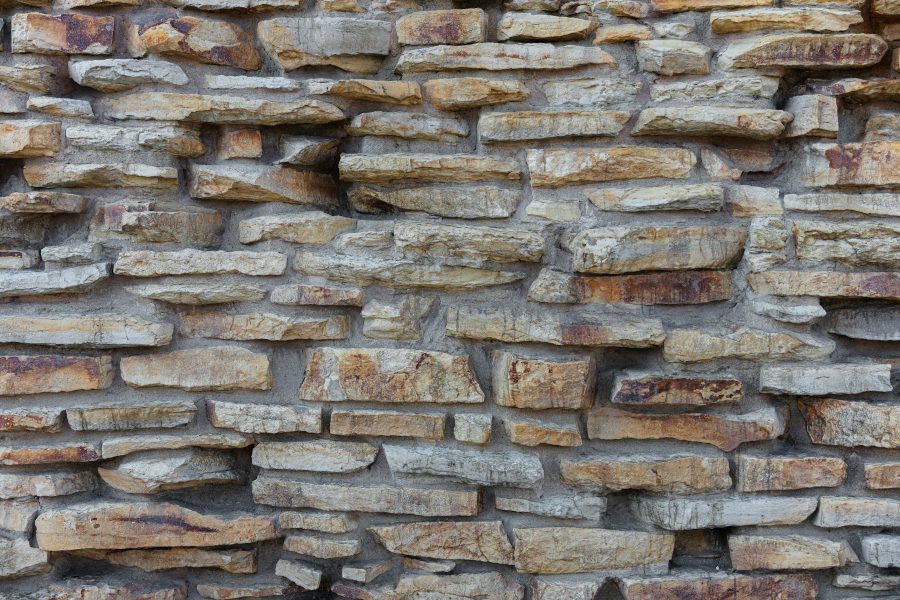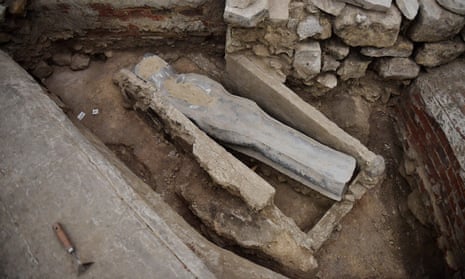
Sheetrock, a brand of drywall, was invented in 1916. The United States Gypsum Company (USG) developed it.
Sheetrock transformed the way buildings’ interiors were constructed, reducing the time and labor required for installation compared to traditional methods like plastering. This innovative building material is made of gypsum plaster pressed between two thick sheets of paper, allowing for quicker installation and a smoother finish.
It became widely popular because it simplified the construction process for walls and ceilings. As an integral part of modern construction, Sheetrock offers an efficient and cost-effective solution for creating stable and aesthetically pleasing interior environments. Today, it remains a staple in the building industry, underscoring its enduring legacy and continued relevance.

Credit: allwaytools.com
The Birth Of Sheetrock
In the early 20th century, a revolutionary product transformed the construction industry. This game changer known as Sheetrock, shifted building practices dramatically. Before its introduction, finishing walls involved lengthy and labor-intensive processes. Sheetrock’s invention simplified this while providing a quicker, cleaner, and more efficient solution. Those who revel in home improvement can thank the forward-thinking inventors for this pivotal advancement.
Innovation In Early 20th Century
The early 1900s witnessed remarkable ingenuity. In 1916, the U.S. Gypsum Company (USG) forever altered building construction. They unveiled a new wallboard product poised to set a new standard. Its convenience and ease of use became undeniable. With Sheetrock, wet plaster application became a thing of the past. This innovation offered builders a speedy alternative, cutting down on both time and labor costs.
The Sackett Board Predecessor
Before Sheetrock, there was the Sackett Board. Invented by Stephen K. Sackett in 1894, it laid the groundwork for modern wallboard. The Sackett Board combined plaster and wool felt paper, making it easier to manage than traditional plaster. USG saw this potential and developed it further. Through a process of perfecting and refining, Sheetrock came to be, leaving a mark as one of the most significant innovations in building materials.
Revolutionizing Wall Construction
Sheetrock, a brand name for drywall, forever changed the landscape of wall construction. Its invention signaled a new era in building homes and commercial spaces. This ingenious product allowed for faster, cleaner, and more efficient wall building, transforming an industry’s techniques and timeframes.
From Plaster To Panels
The early 20th century saw the transition from traditional, time-consuming plaster walls to the innovative Sheetrock panels. These easy-to-install panels became a hit among builders. Plaster required a skilled hand and hours of laborious application and drying. Sheetrock offered a quicker, simpler solution.
- Lightweight design made handling easy.
- Smooth surface reduced the need for sanding.
- Minimal drying time sped up construction.
Impact On Building Industry
The introduction of Sheetrock panels marked a pivotal moment in construction history. These panels slashed labor costs and build times, allowing for the birth of efficient prefab homes and rapid commercial development.
| Before Sheetrock | After Sheetrock |
|---|---|
| Long build times | Quick construction |
| High labor costs | Reduced labor expenses |
| Complex installation | Simplified processes |
Builders now had a material that offered durability, ease of use, and versatility. Sheetrock became the backbone of modern wall construction, with countless buildings standing as a testament to this revolutionary material.
Sheetrock Hits The Market
Sheetrock Hits the Market: A game-changer in the construction industry, Sheetrock brought a revolution to the way walls were constructed. Before its inception, building interiors took longer to complete, and the process was more labor-intensive. But with the birth of Sheetrock, a quicker and cleaner alternative emerged.
1920s: A New Era For Walls
The 1920s marked the dawn of modern construction practices. Sheetrock, a brand-new wallboard product by the U.S. Gypsum Company, transformed how builders and homeowners thought about interior walls.
- Key advantages:
- Fast installation
- Cost-effective
- No plaster drying time
Sheetrock made building faster, cleaner, and more efficient. It became an instant hit among construction circles.
The Rise Of Gypsum Company
The success of Sheetrock is tightly linked to the rise of its creator – the U.S. Gypsum Company. Founded at the end of the 19th century, this company became a major player in the building materials industry.
Milestones Achieved:
- Expansion of Gypsum mining
- Innovation in wallboard products
- Introduction of Sheetrock
Sheetrock’s entrance to the market forever changed the landscape of building construction, making the U.S. Gypsum Company a household name.
Technological Advancements
Innovation has been at the heart of drywall evolution since its inception. Sheetrock, a branded name for drywall, has undergone remarkable transformations. These enhancements have shaped modern construction.
Improvements In Production
Modern Sheetrock production is a marvel of efficiency. Over time, manufacturing processes have evolved to meet high demand. Innovations in machinery and materials have led to significant improvements.
- Faster assembly lines have expedited production.
- Recycled materials now feature prominently for sustainability.
- New formulations result in lighter, yet strong boards.
Fire Resistance And Durability
Sheetrock’s early versions were already superior to older materials like wood. Yet, the drive for better fire resistance and durability persevered.
| Advancement | Benefit |
|---|---|
| Fire-resistant additives | Increased safety in homes and buildings. |
| Denser core | Enhanced structural integrity. |
| Fiberglass reinforcement | Improved resistance to cracks and warping. |
With these advancements, Sheetrock remains a top choice for construction projects. It offers improved performance in fire safety and lasting durability.
Legacy And Modern Use
The invention of Sheetrock revolutionized the construction industry. It replaced traditional lath and plaster, speeding up the building process and reducing labor cost. This innovative material still holds a dominant place in modern construction, offering efficiency and versatility in building interiors. Over time, advancements in its formulation and installation techniques continue to cement its role in both residential and commercial construction.
Sheetrock In Today’s Construction
Sheetrock, known widely as drywall, is the go-to material for creating smooth walls and ceilings. Its ease of installation and cost-effectiveness make it a staple in homes and buildings. Modern sheetrock also comes with features such as moisture resistance and fire retardation, enhancing the utility and safety of living spaces.
- Fast and efficient to install
- Cost-effective interior solution
- Improved safety features
- Variety of types to suit different needs
Manufacturers continue to innovate with eco-friendly options containing recycled materials, making its use align with sustainable building practices.
The Future Of Drywall Technology
In the future, drywall is poised to become even more advanced. New technologies are emerging with smart capabilities. These innovations include walls that can adjust temperatures, insulate sound more effectively, and even walls that can resist shocks from earthquakes. Investments in research are uncovering materials and methods that promise to shape the next generation of sheetrock.
| Tech Advancement | Benefit |
|---|---|
| Thermal insulation | Energy efficiency |
| Acoustic control | Soundproofing |
| Structural integrity | Earthquake resistance |
Through continuous innovation, Sheetrock’s future is set to offer even more to builders and occupants alike, holding firm its place in the ecosystem of modern construction materials.

Credit: www.theguardian.com
Frequently Asked Questions On When Was Sheetrock Invented
When Was Drywall First Used In Homes?
Drywall first gained popularity in home construction in the 1940s, providing an efficient alternative to traditional plaster.
When Did Sheetrock Replace Plaster?
Sheetrock, a brand of drywall, began to replace plaster as a standard building material in the 1940s.
What Did We Use Before Drywall?
Before drywall became prevalent, builders used materials like plaster, wood panels, or lath (strips of wood) to construct interior walls and ceilings.
How Thick Was Drywall In The 1950s?
Drywall thickness in the 1950s typically measured 1/2 inch. This standard dimension was common for wall and ceiling installations of the era.
Conclusion
Sheetrock transformed the construction industry following its inception in 1916. Its invention streamlined building processes and revolutionized wall finishes. As we reflect on this pivotal innovation, we appreciate its enduring impact on modern architecture. Keep exploring history’s milestones with us, where the walls do talk—about their own evolution.




















